Choosing the right life insurance policy is one of the most important financial decisions you can make for yourself and your loved ones. With the uncertainty of the future and the rising costs of healthcare, securing financial protection can offer you peace of mind. In 2025, the landscape of life insurance is evolving with new options and considerations.
This guide will help you navigate the complexities of life insurance and find a policy that fits your budget without sacrificing the coverage you need.
Assessing Your Personal Needs
Understanding your unique situation is key when selecting life insurance, as your needs may change with major life events like marriage, children, or buying a home.
First, calculate how much coverage you need. A common guideline is 10 to 15 times your annual income, but consider factors like dependents, debts, and ongoing expenses such as mortgage payments and tuition fees.
Different life insurance policies serve various financial goals. If you’re focused on affordable financial protection, term life is ideal. However, if you want long-term savings or investment options, a whole life or universal life policy might be more suitable. Aligning your policy with your broader financial goals—such as retirement planning—can ensure it meets both your protection and wealth-building needs.
Factors That Impact Life Insurance Premiums in 2025
Several factors influence the cost of life insurance premiums. Understanding these factors can help you manage your expectations and possibly lower your premiums over time.
Age and Health
One of the most significant factors in determining your life insurance premiums is your age. The younger you are when you purchase life insurance, the lower your premiums will be. Insurance companies view younger individuals as less risky, as they are less likely to experience health problems in the near future.
Health is another crucial factor. If you are in excellent health, you’ll likely pay less for life insurance than someone with pre-existing conditions. Insurers may require a medical exam to assess your health before issuing a policy, so maintaining a healthy lifestyle can be beneficial when shopping for life insurance.
Gender and Occupation
Premiums can also vary based on gender and occupation. Statistically, women tend to live longer than men, which means they often pay lower premiums. In addition, some occupations may result in higher premiums because of the associated risk factors. For example, those working in dangerous fields such as construction or firefighting may face higher life insurance costs.
Policy Duration and Type
The type and duration of the policy you select also impact your premiums. Term life insurance, which offers coverage for a specific period, is typically much cheaper than permanent policies like whole or universal life insurance. If you’re looking to save money on premiums, a term policy may be the most cost-effective option.
Riders and Additional Coverage Options
Riders can add extra benefits to your policy but also increase your premiums. Common riders include accidental death benefits or coverage for critical illnesses. While these additional coverages can be valuable, it’s important to assess whether they fit within your budget and if they are necessary for your situation.
How to Shop for Life Insurance
Shopping for life insurance involves more than simply picking the cheapest policy. It’s important to compare quotes, understand policy features, and evaluate the reputation of the insurer.
Get Multiple Quotes
The best way to find a policy that fits your budget is by obtaining multiple quotes from different insurance providers. Numerous insurance providers offer online tools that enable you to compare quotes instantly. Make sure to compare premiums, coverage limits, and policy terms from various providers to ensure you find the best option that fits your requirements.
Work with an Independent Agent or Broker
An independent insurance agent or broker can help you navigate the complex world of life insurance. These professionals work with multiple insurers and can help you find the right policy at the best price. They can also explain the fine print and provide advice on which riders or features might be beneficial for your unique circumstances.
Evaluate Insurance Providers
When selecting an insurance provider, it’s important to consider more than just the cost. Look into the financial stability of the insurer by checking ratings from agencies like AM Best or Standard & Poor’s. It’s also essential to research customer satisfaction ratings and claims handling processes to ensure that the company will be reliable when it’s time to pay out a claim.
Cost Guide for Life Insurance in 2025
The cost of life insurance varies significantly based on a variety of factors, including age, health, coverage amount, and policy type. In 2025, life insurance premiums are expected to rise in some cases due to factors like inflation and medical advances. Understanding the typical cost ranges for different types of policies can help you budget effectively.
For example, a 30-year-old non-smoker may pay around £15 to £25 per month for a 20-year term life policy with a £500,000 death benefit. In contrast, a 50-year-old non-smoker could pay upwards of £100 to £150 per month for a similar policy. Permanent policies like whole life insurance can be much more expensive, with monthly premiums starting at £200 or more depending on the coverage amount and additional features.
For a more detailed breakdown of life insurance costs, consider checking out a UK life insurance cost guide [2025], which provides updated pricing data and insights into how market trends may affect premiums.
Conclusion
Finding the best life insurance policy for your budget in 2025 requires careful planning and research. By understanding the different types of policies, assessing your needs, and comparing providers, you can secure the right coverage for your family without breaking the bank. Be sure to factor in your long-term goals, as well as any potential add-ons or riders that could enhance your policy. By following these steps, you’ll be well on your way to finding a life insurance policy that provides both protection and peace of mind.




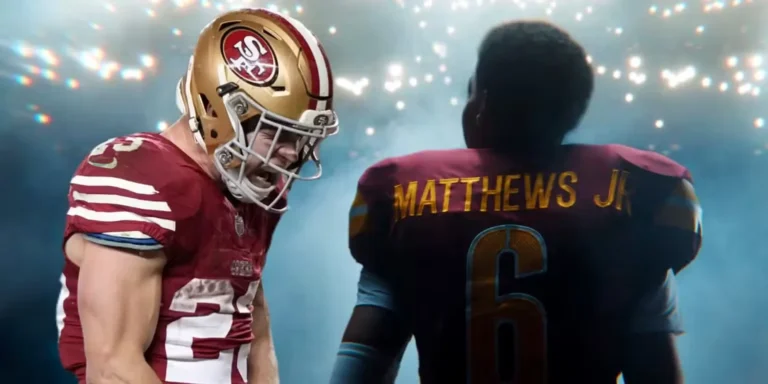

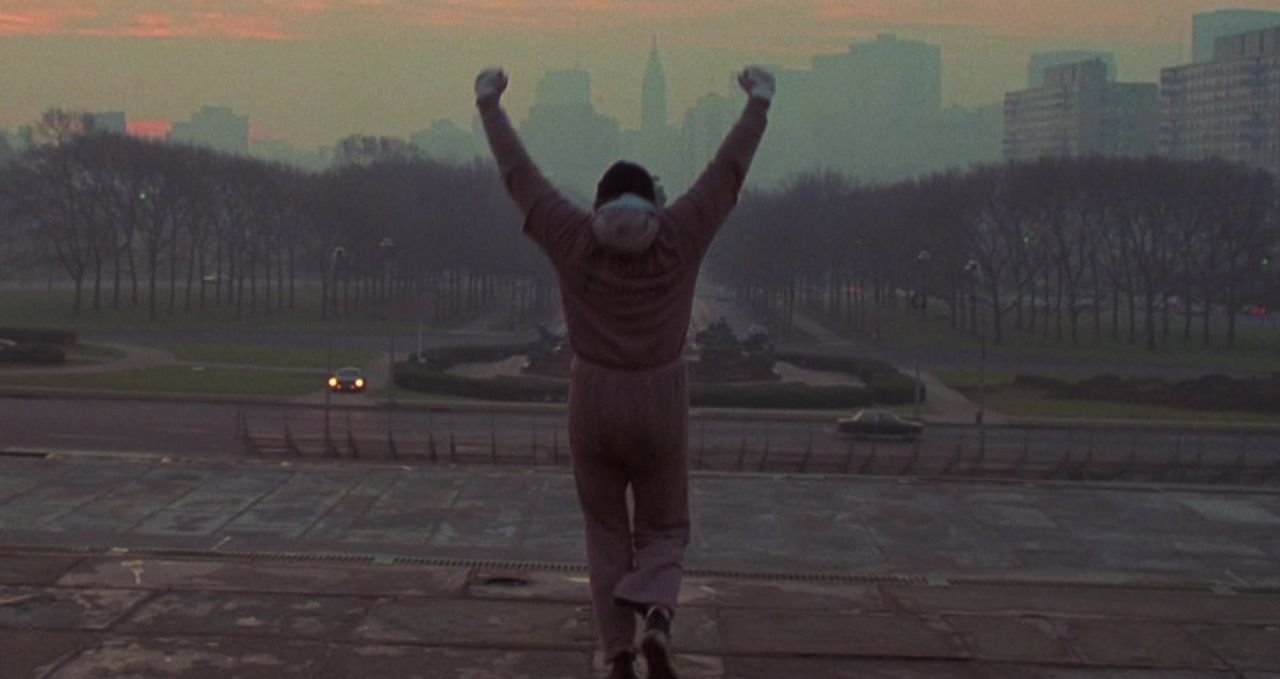

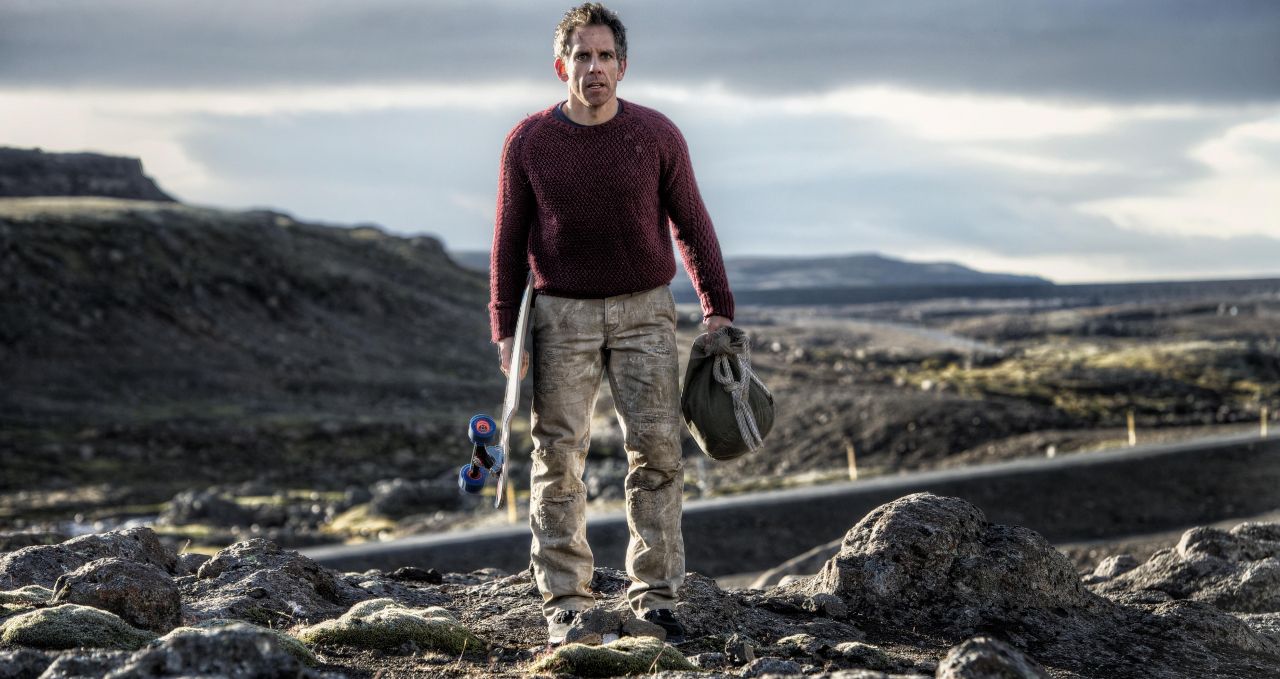
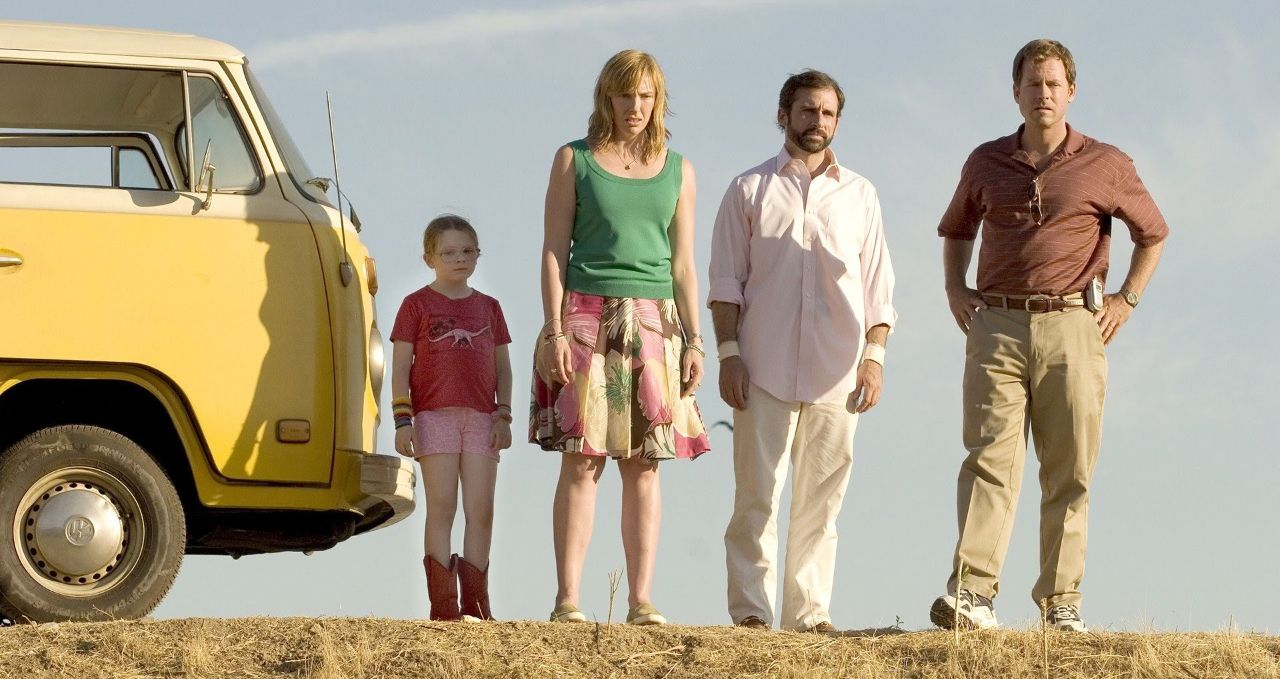

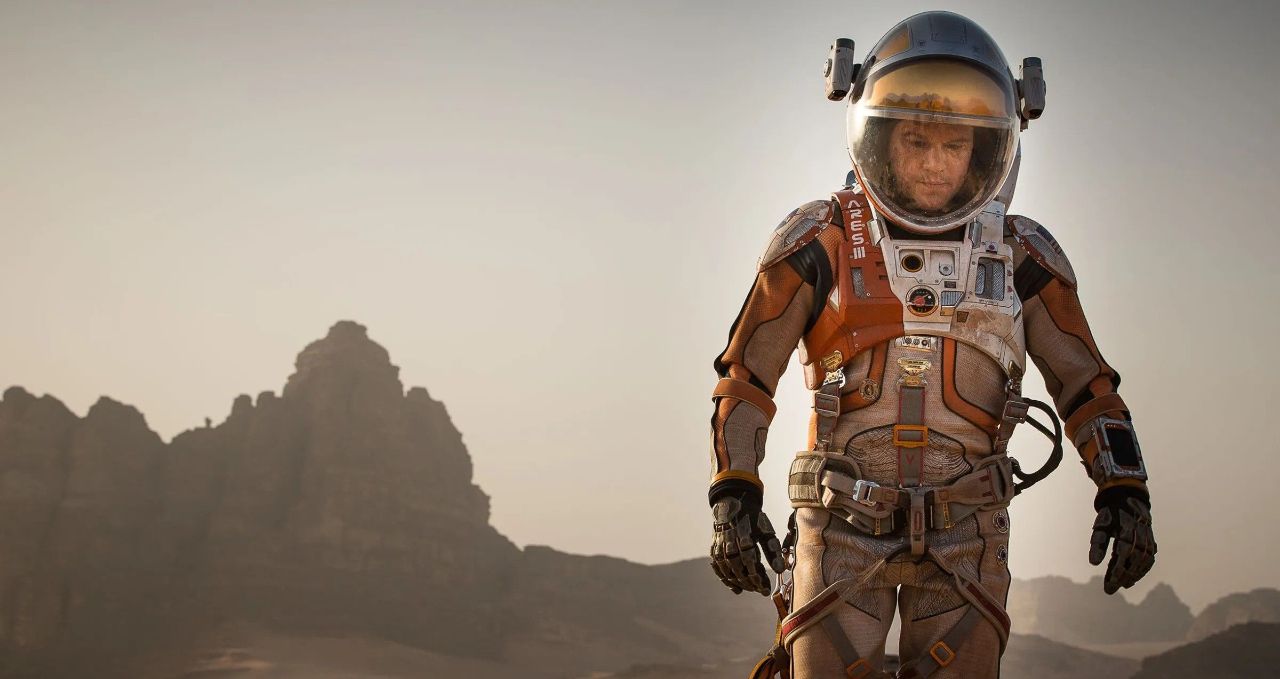

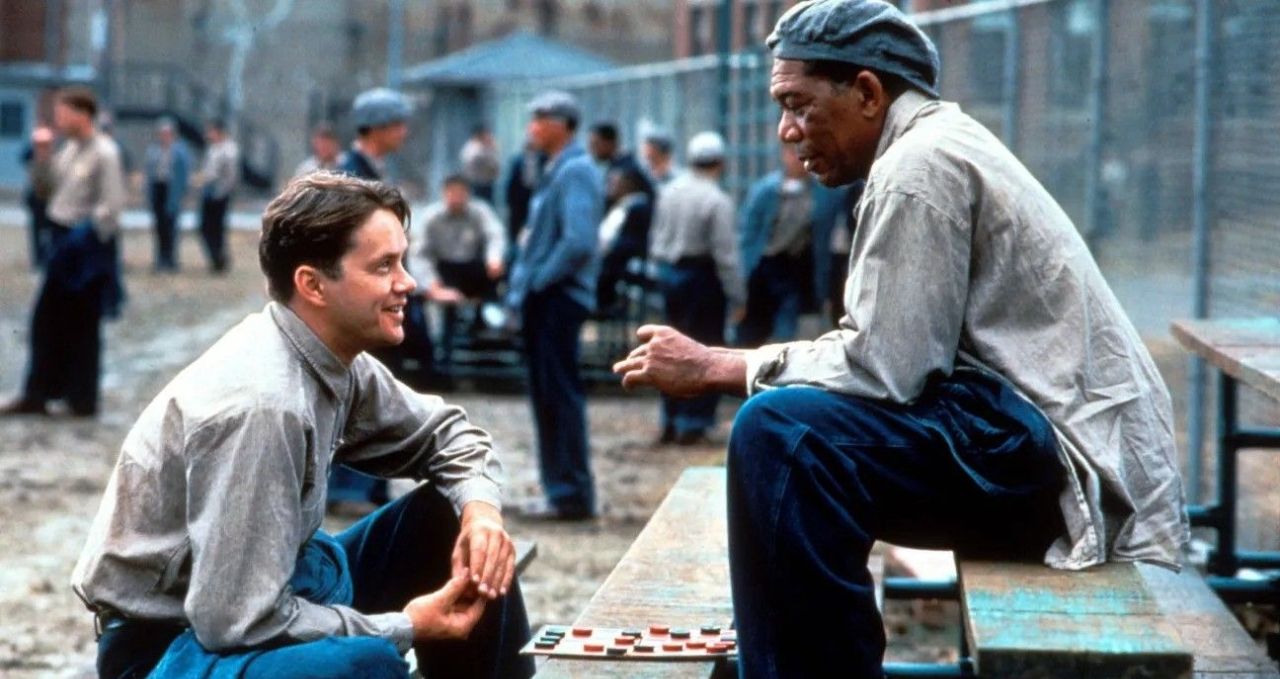
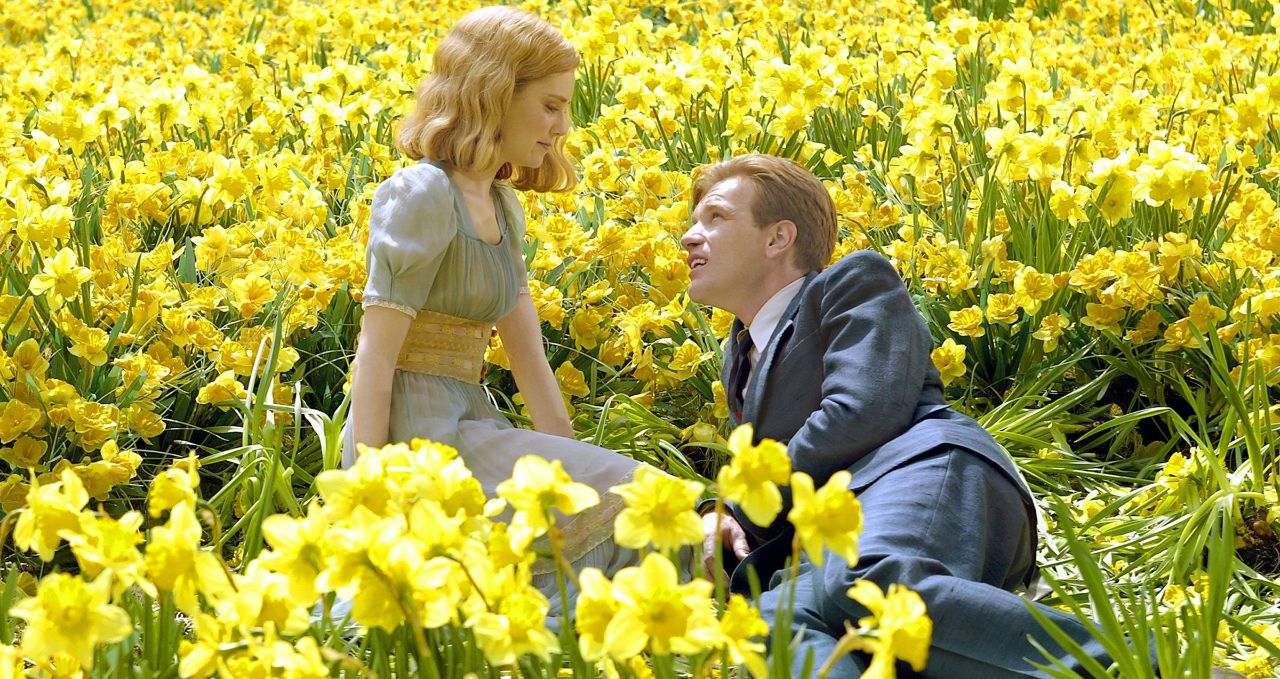


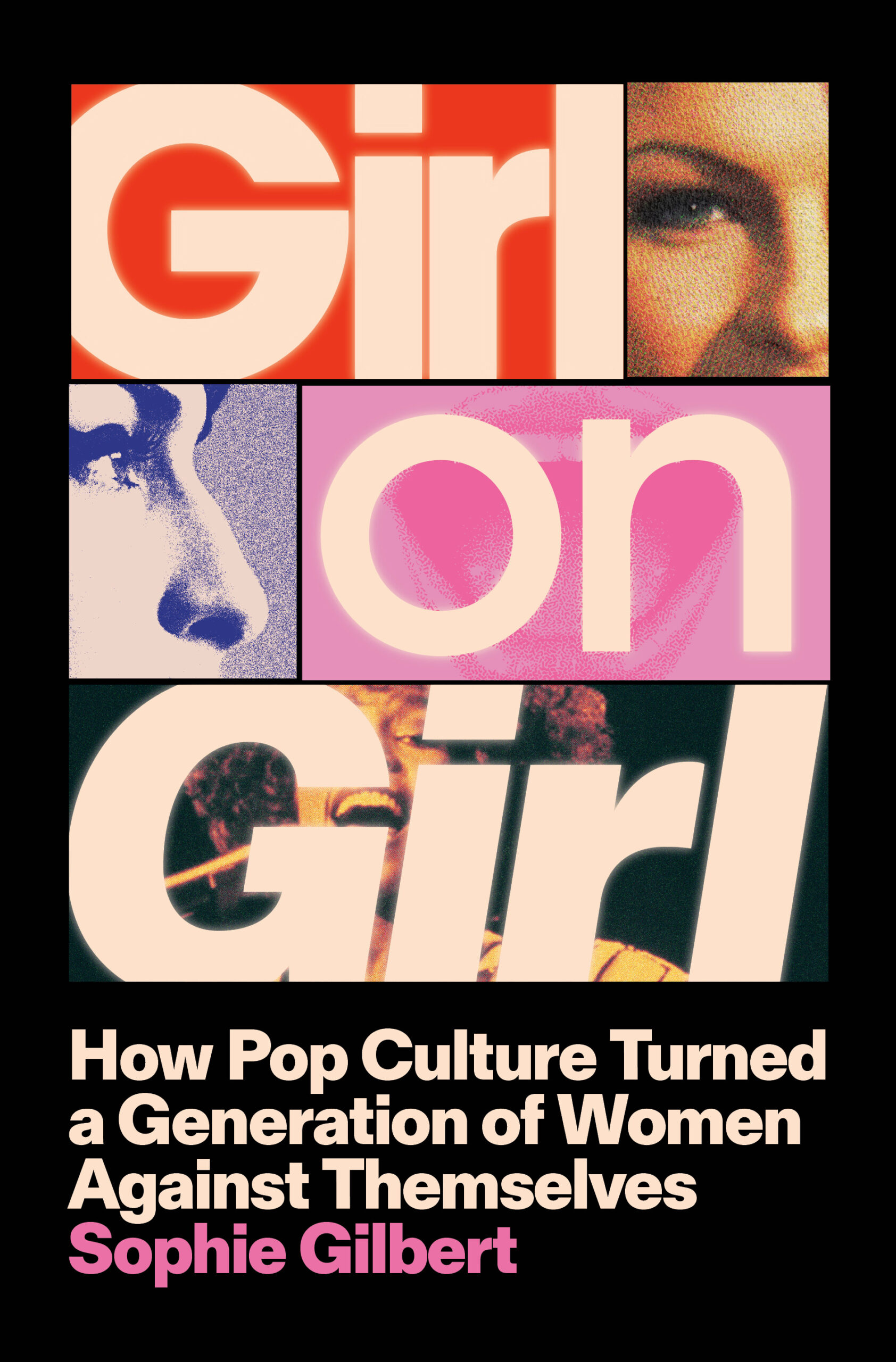


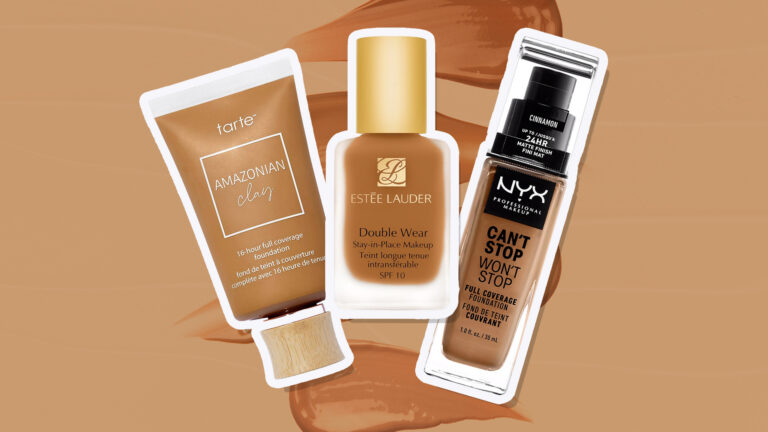
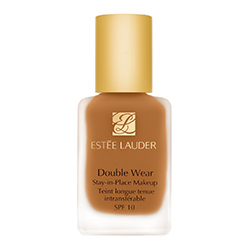 Estée Lauder Double Wear Stay-in-Place Makeup
Estée Lauder Double Wear Stay-in-Place Makeup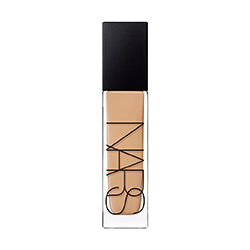 NARS Cosmetics Natural Radiant Longwear Foundation
NARS Cosmetics Natural Radiant Longwear Foundation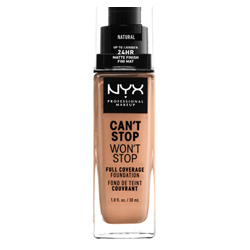 NYX Professional Makeup Can’t Stop Won’t Stop 24-Hour Foundation
NYX Professional Makeup Can’t Stop Won’t Stop 24-Hour Foundation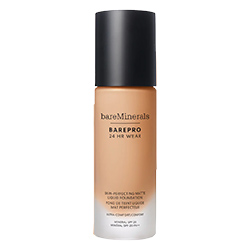 BareMinerals’ BAREPRO 24HR Wear Skin-Perfecting Matte Liquid Foundation
BareMinerals’ BAREPRO 24HR Wear Skin-Perfecting Matte Liquid Foundation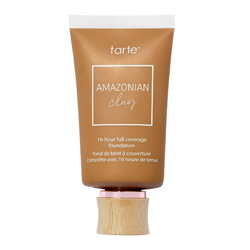 Tarte
Tarte 